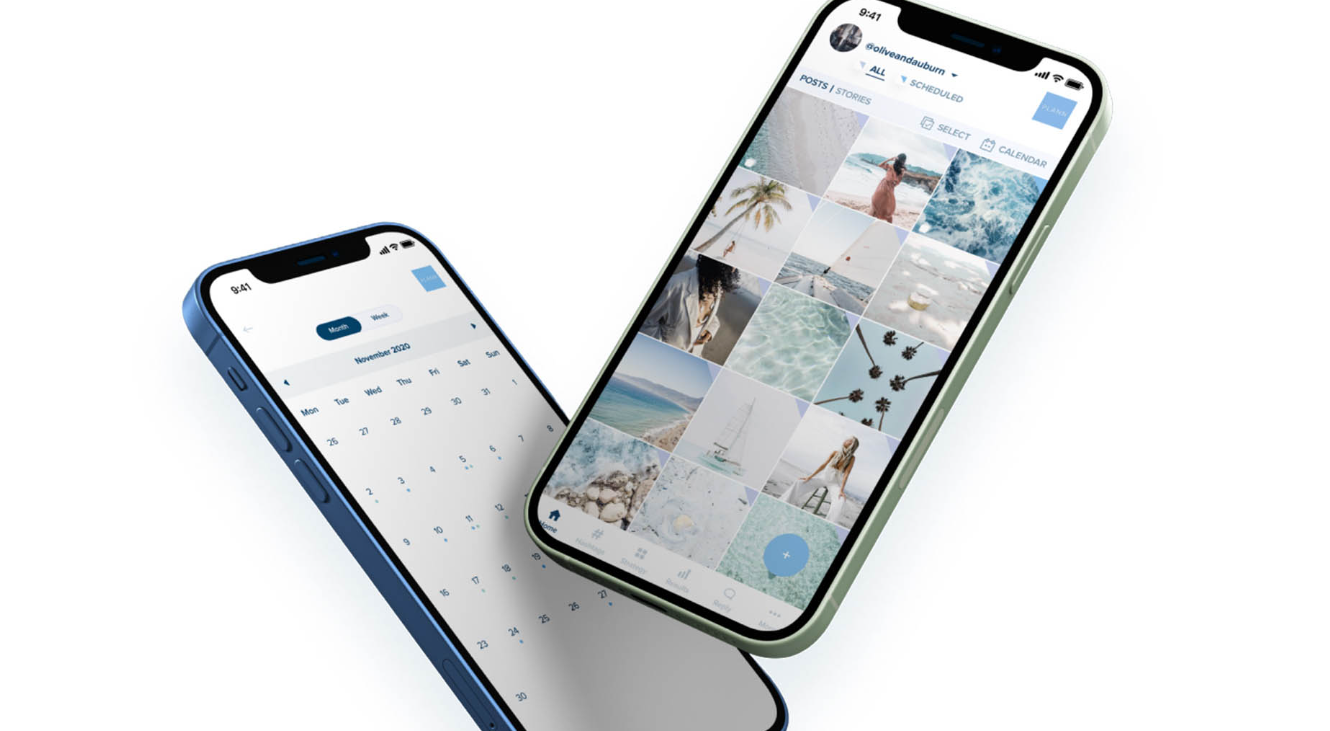
The journey from conceptualizing a mobile app idea to launching it on app stores is akin to an artist bringing a painting to life. It involves a mix of creativity, strategic planning, and systematic execution. Whether you are a budding entrepreneur or a seasoned developer, turning your app idea into reality requires a well-charted roadmap. This step-by-step guide is designed to lead you through the maze of mobile app development, ensuring that your vision takes form as a fully functional and user-friendly application.
1. Ideation and Market Research
Your journey begins with an idea, but not all ideas make for successful apps. The first step is to refine your concept by identifying the core value proposition of your app. What problem does it solve? How does it stand out from existing apps? Once the idea is solidified, dive into market research. Analyze your target audience, competitors, and market trends. This will help you understand the demand for your app and give you insights into features that will resonate with users.
Conduct surveys interviews, and utilize online tools to gather data. This information is crucial for tailoring your app to the needs and preferences of your target market. Remember, an app that aligns with user expectations has a higher chance of success.
2. Define Your App's Features and Functionality

With a clear understanding of the market, you can now outline your app's features and functionality. Create a list of must-have features that are essential for the app's operation, and identify additional features that can enhance the user experience. Prioritize these features based on user benefits and technical feasibility. At this stage, it's also important to consider the app's scalability and future updates.
Creating wireframes and mockups is a helpful way to visualize the app's user interface. Tools like Sketch or Adobe XD can aid in this process. Think about the user journey within your app and design a layout that is intuitive and user-friendly. It's crucial to keep the end-user in mind throughout this process.
3. Choose the Right Development Path
With your app's blueprint in hand, it's time to decide on the development approach. Will your app be native, web-based, or hybrid? Native apps offer the best performance and user experience but require separate development for iOS and Android, increasing time and costs. Web apps are cost-effective and easier to maintain, while hybrid apps provide a middle ground but may have some performance trade-offs.
Consider your budget, timeline, and the technical skills required for each option. If you're not a developer yourself, you might need to hire a professional or collaborate with a development team. Evaluate portfolios and seek out developers or agencies with experience in creating similar apps. Their expertise will be invaluable in bringing your app to life.
4. Develop, Test, and Iterate

Development is where the magic happens. Choosing an agile development methodology can be beneficial, as it allows for flexibility and continuous improvement. As the app is being developed, regular testing is crucial to identify and fix any issues. This includes functional testing, user experience testing, performance testing, and security testing. Feedback from these tests will guide further development.
Don't be afraid to iterate on your app's design and functionality based on testing outcomes. This is a normal part of the process and will ensure that the final product is polished and ready for the market. Remember, a successful app is one that has been rigorously tested and refined to meet user expectations.
5. Launch and Market Your App

Once your app is developed and thoroughly tested, it's time for the exciting part – the launch. Before releasing your app, make sure you have a marketing strategy in place. This should include app store optimization (ASO) to improve visibility in app stores, as well as promotional efforts through social media, content marketing, and possibly influencer partnerships.
Monitor your app's performance closely after launch and gather user feedback. This feedback is essential for future updates and improvements. Engage with your users through social media and customer support to build a community around your app. The launch is just the beginning of your app's lifecycle, and ongoing marketing and development efforts are key to its long-term success.